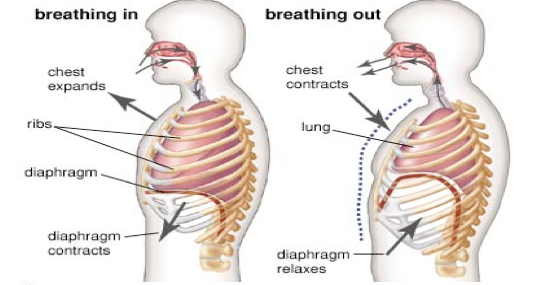At the root of all our thoughts, emotions and behaviours is the communication between neurons within our brains. Brainwaves are produced by synchronised electrical pulses from masses of neurons communicating with each other.
Brainwaves are detected using sensors placed on the scalp. They are divided into bandwidths to describe their functions (below), but are best thought of as a continuous spectrum of consciousness; from slow, loud and functional – to fast, subtle, and complex.
It is a handy analogy to think of brainwaves as musical notes – the low frequency waves are like a deeply penetrating drum beat, while the higher frequency brainwaves are more like a subtle high pitched flute. Like a symphony, the higher and lower frequencies link and cohere with each other through harmonics.
Our brainwaves change according to what we’re doing and feeling. When slower brainwaves are dominant we can feel tired, slow, sluggish, or dreamy. The higher frequencies are dominant when we feel wired, or hyper-alert.
The descriptions that follow are only broad descriptions – in practice things are far more complex, and brainwaves reflect different aspects when they occur in different locations in the brain.
Brainwave speed is measured in Hertz (cycles per second) and they are divided into bands delineating slow, moderate, and fast waves.


